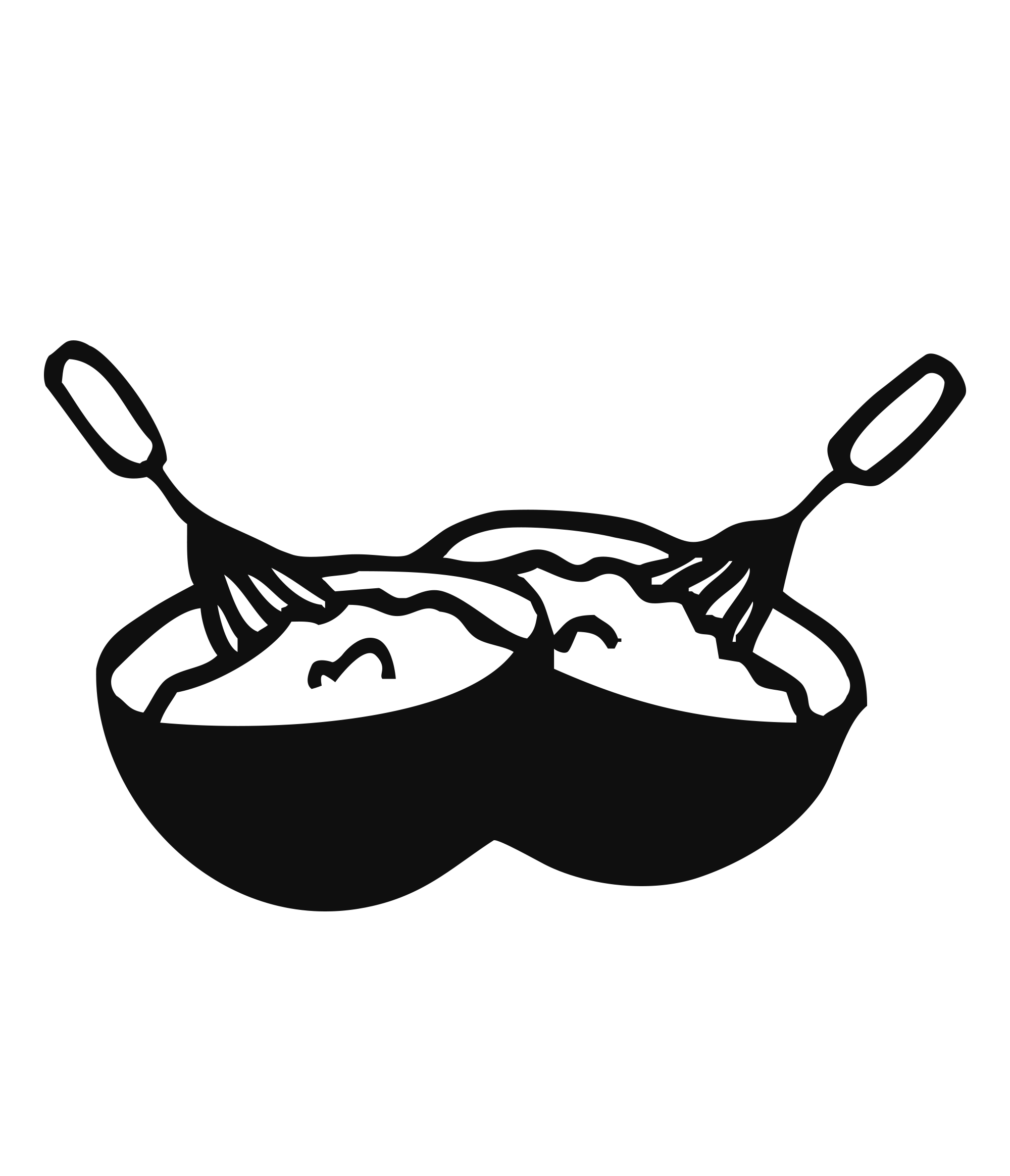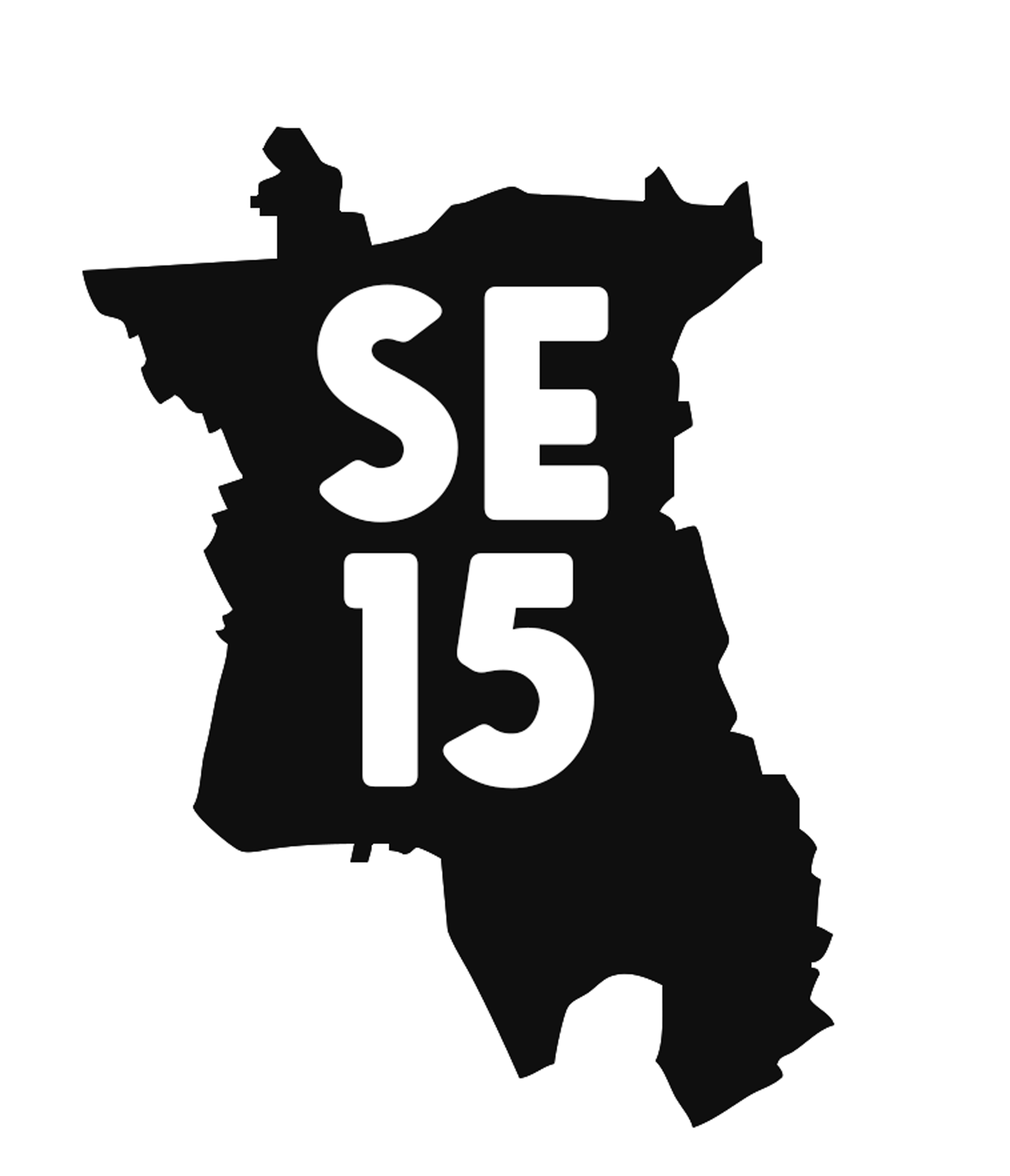2xLP
£26.99 GBP
BGP
Catalogue No: BGP2 126
In the 20 years since hip hop culture broke over-ground with the arrival of the Fatback Band's King Tim III and the massive international success of the Sugarhill Gang's Rapper's Delight, rap music has moved to becoming the premier sales arm of the US record industry. And yet up until that point the culture that had emerged in the Bronx and then spread to other black areas of New York had only been visible to the rest of the city as the graffiti on the sides of the Subway trains that criss-crossed the five boroughs.
Hip hop was a reaction to and a mirror of the prevailing elitist disco culture that was beginning to dominate mainstream New York club life in the early 70s, effectively excluding the large black working class with high door charges. In the Bronx this led to the organisation of block parties run in the area by local entrepreneurs in parks and on street corners - often using electricity purloined from the nearest lamppost. These local sound systems were particularly prevalent in the Bronx and the biggest and best was run by a Jamaican ?©migr?© DJ Kool Herc. Herc had initially tried to play reggae but found that there was no real taste for it in the Bronx and shifted to playing Latin-tinged funk. This proved more popular but he hit pay dirt when he took to just playing the record's breakdown or break- taking two copies of the record and shifting from deck to deck repeating this most exciting part of the record to drive the crowd wild. He had also created one of the most important tools of modern record production.
For some time this hardly seemed credible, others such as Afrika Bambaattaa, Grand Wizard Theodore and Grandmaster Flash followed his lead creating new techniques and building the nascent hip hop movement into something special in black New York. As early as 1976 Flash could attract 3,000 people to shows he was putting on, and DJs guarded their discoveries as seriously as Northern Soul DJs in the UK covering up or scraping off the labels. But without music industry contacts there was no way out to a wider audience. When the breakthrough came the break - which had always been the most important part of the culture - was suddenly hidden. The records that were made focussed on the MCs who had accompanied the DJ stars and they were renamed rappers and became the stars. Technology didn't allow the break to feature in records - give or take a few notable exceptions - and by the mid 80s it looked like this part of hip hop culture might be about to die out.
The whole scenario changed with the arrival of the Akai sample. This made it an affordable option for the DJ to loop up his records behind the rapper - and soon a new school of hip hop had emerged with music totally based on the break. Hip hop was totally rejuvenated and from the mid 80s entered a golden age where the likes of Public Enemy, De La Soul, Run DMC, the Jungle Brothers, A Tribe Called Quest and Marley Marl's Cold Chillin' label released awe-inspiring records built on a mind boggling array of samples.
Super Breaks is the first of BGP's delve into the murky world of the break (though compiler Dean Rudland has previously originated Blue Note's highly successful Blue Breaks' series) and rounds up breaks used by artists such as Gangstarr, Mary J Blige, De La Soul and Will Smith by artists from the very obscure to soul's premier league. We have included one of this year's most successful breaks - Camille Yarbrough's Take Yo' Praise better known from Fatboy Slim's Praise You number one hit. Most important of all Super Breaks remembers the contributions of the early pioneers whose work and innovations mean that a sample is just as likely to be used on a new Madonna or Verve record as on the latest by the Wu Tang Clan.
By Aaron Slowley
Hip hop was a reaction to and a mirror of the prevailing elitist disco culture that was beginning to dominate mainstream New York club life in the early 70s, effectively excluding the large black working class with high door charges. In the Bronx this led to the organisation of block parties run in the area by local entrepreneurs in parks and on street corners - often using electricity purloined from the nearest lamppost. These local sound systems were particularly prevalent in the Bronx and the biggest and best was run by a Jamaican ?©migr?© DJ Kool Herc. Herc had initially tried to play reggae but found that there was no real taste for it in the Bronx and shifted to playing Latin-tinged funk. This proved more popular but he hit pay dirt when he took to just playing the record's breakdown or break- taking two copies of the record and shifting from deck to deck repeating this most exciting part of the record to drive the crowd wild. He had also created one of the most important tools of modern record production.
For some time this hardly seemed credible, others such as Afrika Bambaattaa, Grand Wizard Theodore and Grandmaster Flash followed his lead creating new techniques and building the nascent hip hop movement into something special in black New York. As early as 1976 Flash could attract 3,000 people to shows he was putting on, and DJs guarded their discoveries as seriously as Northern Soul DJs in the UK covering up or scraping off the labels. But without music industry contacts there was no way out to a wider audience. When the breakthrough came the break - which had always been the most important part of the culture - was suddenly hidden. The records that were made focussed on the MCs who had accompanied the DJ stars and they were renamed rappers and became the stars. Technology didn't allow the break to feature in records - give or take a few notable exceptions - and by the mid 80s it looked like this part of hip hop culture might be about to die out.
The whole scenario changed with the arrival of the Akai sample. This made it an affordable option for the DJ to loop up his records behind the rapper - and soon a new school of hip hop had emerged with music totally based on the break. Hip hop was totally rejuvenated and from the mid 80s entered a golden age where the likes of Public Enemy, De La Soul, Run DMC, the Jungle Brothers, A Tribe Called Quest and Marley Marl's Cold Chillin' label released awe-inspiring records built on a mind boggling array of samples.
Super Breaks is the first of BGP's delve into the murky world of the break (though compiler Dean Rudland has previously originated Blue Note's highly successful Blue Breaks' series) and rounds up breaks used by artists such as Gangstarr, Mary J Blige, De La Soul and Will Smith by artists from the very obscure to soul's premier league. We have included one of this year's most successful breaks - Camille Yarbrough's Take Yo' Praise better known from Fatboy Slim's Praise You number one hit. Most important of all Super Breaks remembers the contributions of the early pioneers whose work and innovations mean that a sample is just as likely to be used on a new Madonna or Verve record as on the latest by the Wu Tang Clan.
By Aaron Slowley
Carnival Of Light
£27.99 GBP
Cowboys And Aliens
£14.99 GBP
Below the Waste
£14.99 GBP
Songs Of A Lost World
£29.99 GBP
Remote Echoes
£19.99 GBP
Europe Live Recordings 2022
£19.99 GBP
Henry's Dream
£24.99 GBP
Bark Your Head Off, Dog
£19.99 GBP
Life Is Yours
£23.99 GBP
Blue Banisters
£34.99 GBP
The Lion's Roar
£21.99 GBP
God's Favorite Customer
£19.99 GBP
Closing Time
£8.99 GBP
Dead Can Dance
£19.99 GBP
Citizen Of Glass
£24.99 GBP
English Graffiti
£19.99 GBP
The Magic Gang (Yellow Vinyl)
£27.99 GBP
Smell Of Female
£19.99 GBP
Door, Door
£19.99 GBP
The Courage Of Others
£17.99 GBP
No Singles
£17.99 GBP
The Age Of Quarrel
£27.99 GBP
Hyperspace
£18.99 GBP
The Doldrums
£19.99 GBP
Trailer Park
£29.99 GBP
'Til The Stream Runs Dry
£16.99 GBP
So That You Might Hear Me
£14.99 GBP
No Man's Land
£14.99 GBP
(Watch My Moves)
£19.99 GBP
Yankee Hotel Foxtrot
£29.99 GBP
Quiet The Room
£19.99 GBP
Yol
£22.99 GBP
IV (White Vinyl)
£14.99 GBP
Gulp!
£14.99 GBP
(Self-Titled)
£19.99 GBP
Is It?
£17.99 GBP
The Apple Drop
£14.99 GBP
Nature Always Wins
£19.99 GBP
Micro-Phonies
£24.99 GBP
Paradise Discotheque
£21.99 GBP
Amen and Goodbye
£17.99 GBP
Beat The Devil's Tattoo (LRS 2021)
£26.99 GBP
Head Carrier
£19.99 GBP
What's It Like Over There?
£17.99 GBP











